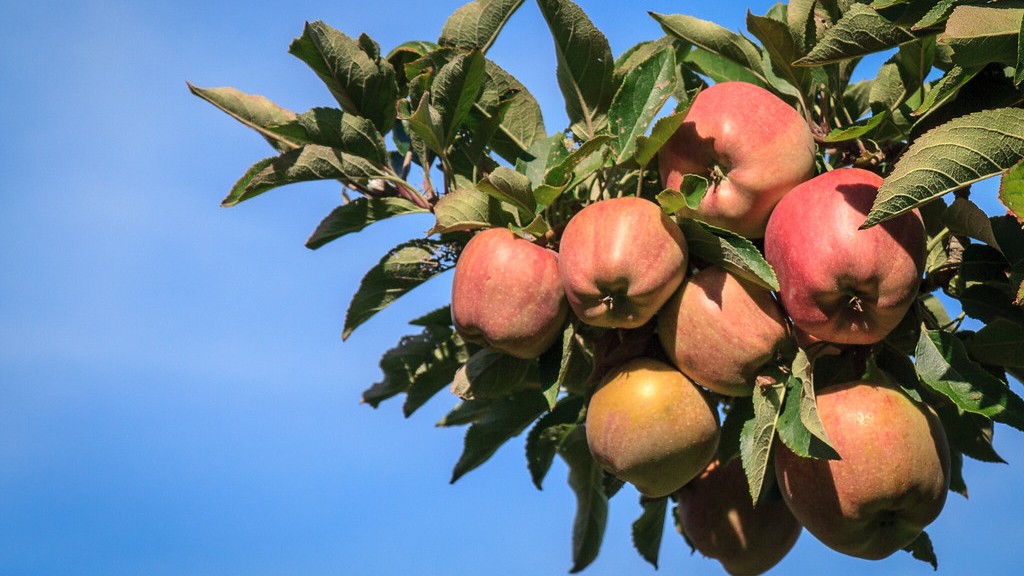Background
Palm trees are an important part of the landscape in many coastal regions. They can be a beautiful addition to an outdoor area, providing shade and a tropical feeling. Unfortunately, they can be damaged by severe storms, which can cause them to become bent, misshapen, or uprooted. The good news is that, with the right steps, it is possible to straighten a palm tree after it has been damaged by a storm.
Assessment
The first step in straightening a palm tree after a storm is to assess the damage. Make sure to wear safety gear while performing the assessment, as there may be sharp debris and loose branches. Inspect the tree carefully to determine the extent of the damage. Consider how much of the tree is bend, how much is broken, and how stable the tree is. If any portion of the tree is completely uprooted, it is best to call a professional for help.
Straightening
Once the assessment is complete, it’s time to begin the process of straightening the palm tree. Begin by carefully digging around the roots of the tree to provide additional stability. If the roots are very shallow, they may need to be securely anchored with stakes or cables. In some cases, mulch may also be added to encourage healthy root growth. Once the roots are secure, begin to gently coax the bent portions back into shape. This may require some brute strength, but take care not to pull too hard or it could cause more damage.
Stabilization
After the palm tree has been straightened, it needs to be stabilized. If the tree was previously uprooted, lay stakes around the base of the tree to provide additional support. For bent portions, the use of cables and straps may be necessary to provide stability. Once the straps and cables are in place, they should be tightened in a very gradual manner, taking care to avoid placing too much strain on the tree. After the tree has been stabilized, topsoil should be added to help encourage revitalization.
Care
Finally, it is important to provide the palm tree with regular, ongoing care in order to ensure that it regains its health and vigor. Water the tree regularly and provide it with nutrient-rich fertilizer. Additionally, protect it from pests and harsh weather by providing a layer of mulch and pruning dead or damaged fronds. Finally, keep an eye on the tree for signs of infection or disease and call a professional for help if necessary.
Wind Damage
Wind is often the primary cause of palm tree damage after a storm. The force of the wind can cause a palm tree to bend or even uproot it completely. Because of this, it is important to take the necessary steps to protect your palm tree from wind damage. This may include anchoring the roots with stakes and cables, or planting natural windbreaks such as shrubs and trees. Additionally, consider installing wind shelters around the palm tree to reduce the force of the wind.
Lightning Protection
Lightning is another common cause of palm tree damage. If your area is prone to lightning strikes, it is important to protect your palm tree by installing a lightning protection system. This may include a ground rod, cables, a conductor wire, and a lightning diverter. Additionally, consider installing a lightning arrestor on the trunk of the palm tree, which will divert and disperse the electricity from a lightning strike. With the right protection, you can help ensure that your palm tree stands strong in the face of a storm.
Root Care
Many people overlook the importance of root care in palm tree maintenance. The roots of a palm tree need to be healthy in order for the plant to thrive. Make sure to provide plenty of nutrient-rich soil, water the tree regularly, and fertilize as needed. Additionally, use mulch around the base of the tree to protect the roots from harsh temperatures and retain moisture. With proper root care, your palm tree will be better equipped to handle severe storms.
Expert Assistance
Of course, it is always best to consult an expert when attempting to straighten a palm tree after a storm, as they can provide guidance and advice on the safest and most effective way to restore a damaged tree. In some cases, it may even be necessary to call in a professional. An arborist can assess the tree and provide the necessary stabilization and repair services. By enlisting the help of an expert, you can ensure that your tree is correctly straightened and stabilized.


